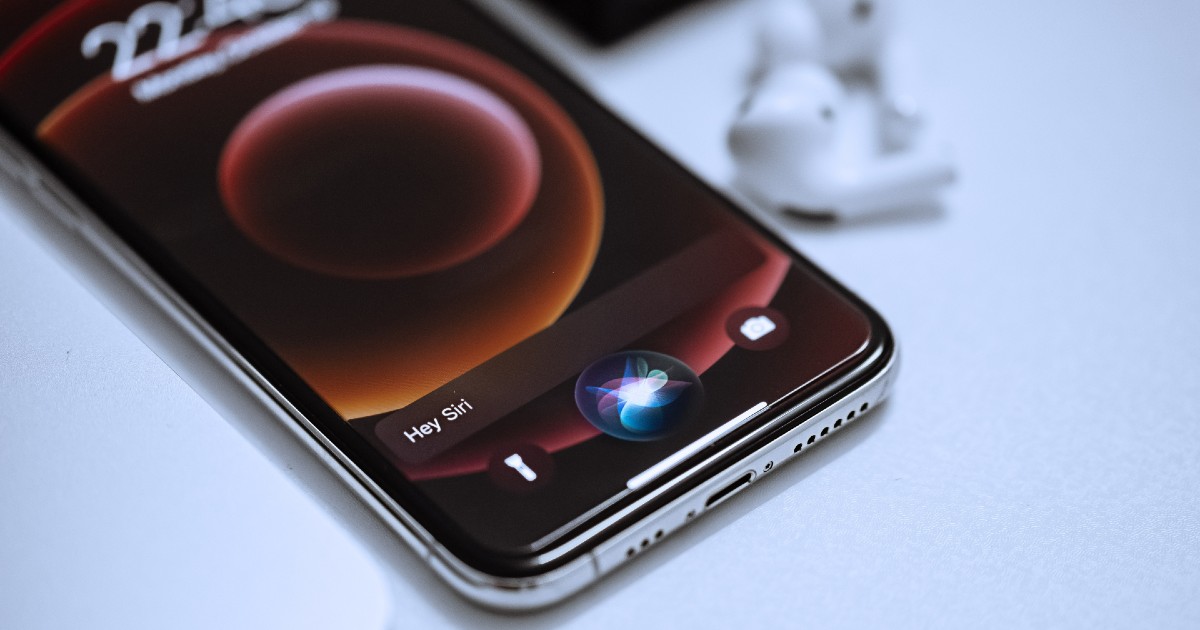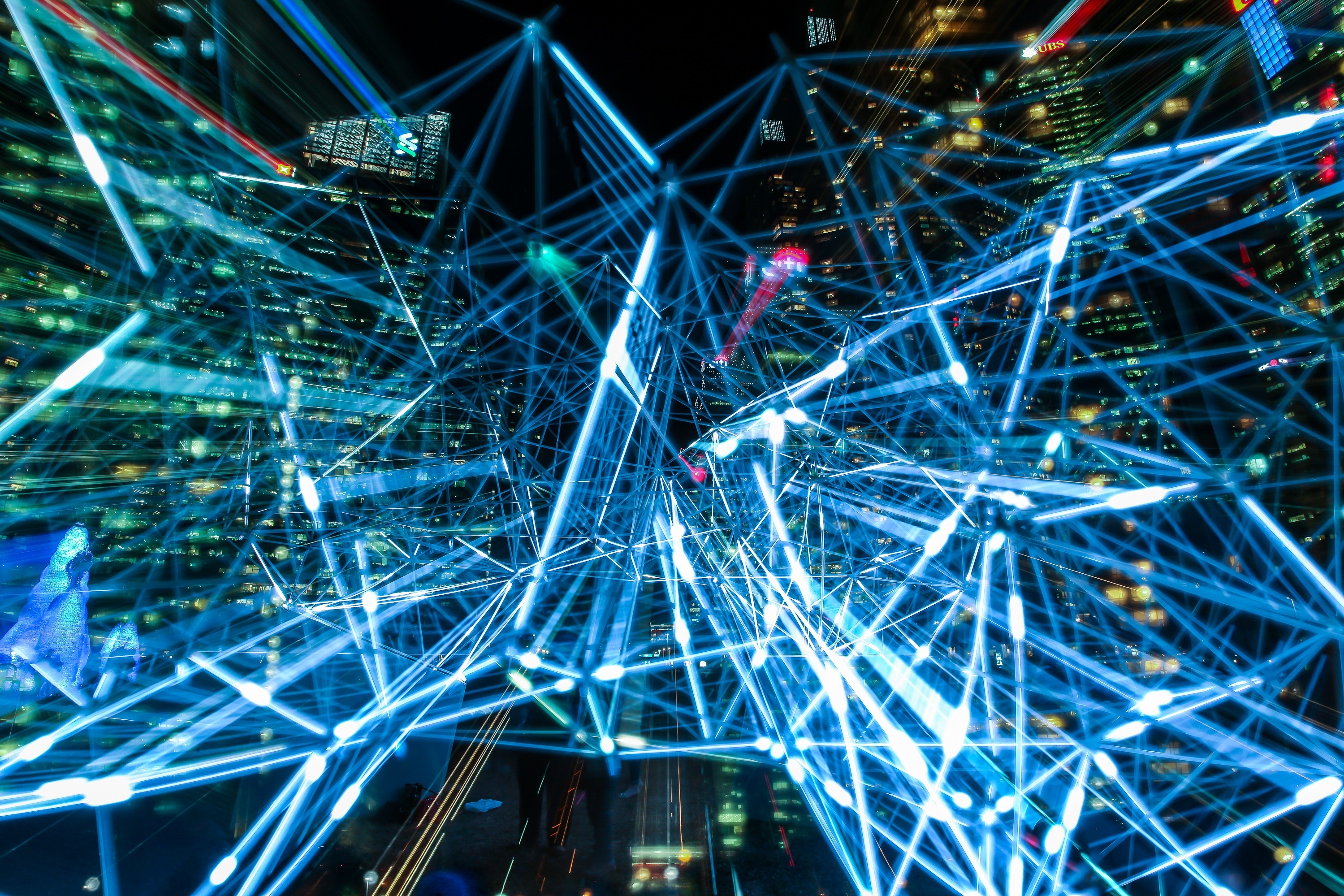Voice AI is changing the way we interact with the world around us. From talking with the voice assistant on our phones to asking questions to chatbots, voice AI becomes increasingly ubiquitous.
But as this technology advances, it’s important to contemplate the implications for intellectual property (IP) rights. Who owns the copyright on the piece of content generated by a voice AI? What about the trademarks and patents associated with AI-powered products? The current state of IP law remains ambiguous when it comes to AI-generated content. Some questions need to be answered as the legal framework adapts to technological progressIn this article, we’ll explore the legal landscape of IP rights for voice AI creations. We’ll also discuss some tips for protecting your IP in the age of AI.
Who Owns the IP Rights to Voice AI Creations?
One of the biggest challenges is determining who owns the IP rights to voice AI creations. In the past, IP law was primarily concerned with protecting tangible forms of expression, and IP rights were typically owned by the creator of that work. However, voice AI is a new form of expression that blurs the lines between the tangible and the intangible, and determining ownership of IP rights can be intricate due to the involvement of various factors and parties/entities.
An AI chatbot, for example, is created by a team of people, including engineers, data scientists, and linguistics. In many cases, the AI creations are developed within the scope of employment or under contractual arrangements, so the IP rights often belong to the respective company or employer. But in some cases when AI creations are developed through collaboration of multiple parties, the ownership of IP rights might be shared among them.
Additionally, the data used to train the voice AI models can be owned by different parties, and there is also licensing and transfer of IP rights to other identities. Thus, the ownership becomes contingent to the specific circumstances, contractual agreements, and relevant laws applicable in different jurisdictions.
What Actions Can Help to Protect IP Rights of Voice AI Creations?
The law is playing catch-up to the increasingly sophisticated development of voice AI. However, there are some actions that companies can take to protect their IP rights in voice AI creations. These actions include:
- Conduct IP Research: Before developing something, companies must research to ensure that the technology does not infringe upon existing IP rights. This includes searching for patents, trademarks, and copyrights that may be relevant to their voice AI system.
- File for IP Protection: If your company is developing, for example, a chatbot you should consider protecting:
-
- The chatbot’s code and data: Copyright protection applies to original creative works such as software code, scripts, or written materials, including dialogues or scripts used in voice AI creations.
-
- The chatbot’s name, logo, and any other unique features: Trademarks consider protecting any distinctive names, logos, or slogans associated with your voice AI creation. A registered trademark provides exclusive rights to use and protect your brand identity and helps prevent others from using similar marks that could confuse consumers.
- The chatbot’s underlying technology, such as its algorithms or natural language processing capabilities: If your voice AI creation incorporates unique and novel technological features that provide a competitive advantage, you may consider filing a patent application. A patent grants you exclusive rights to your invention, preventing others from making, using, selling, or importing it without your permission.
- The chatbot’s name, logo, and any other unique features: Trademarks consider protecting any distinctive names, logos, or slogans associated with your voice AI creation. A registered trademark provides exclusive rights to use and protect your brand identity and helps prevent others from using similar marks that could confuse consumers.
- Implement Confidentiality and Non-Disclosure Agreements (NDAs): An NDA is a legally binding contract that prohibits the disclosure of confidential information. When collaborating with employees, contractors, or third parties, ensure that you have robust confidentiality and NDAs in place. These agreements help protect your trade secrets, proprietary algorithms, datasets, and other sensitive information related to your voice AI creation.
- Develop Strong Security Measures: Protect the source code of your voice AI creation by implementing strict access controls and secure storage. Limit access to authorized individuals and maintain backups to prevent loss or unauthorized disclosure. This includes using encryption, firewalls, and other security measures to protect data from unauthorized access.
- Use Licensing Agreements: If you intend to grant others the right to use or modify your voice AI creation, consider using licensing agreements. These agreements specify the terms and conditions under which others can use your technology while retaining your IP rights and controlling its use.
IP protection can be complex, and as voice AI creation evolves, IP strategies should be revisited regularly. For example, voice AI could be used to create new forms of creative expressions, such as virtual concerts, and new forms of commercial exploitation such as advertising or telemarketing. These new forms of expression may raise new questions about copyright protection. Staying up-to-date about new IP developments and adapting your approach accordingly is fundamental to ensure the continued protection of your AI technology.



